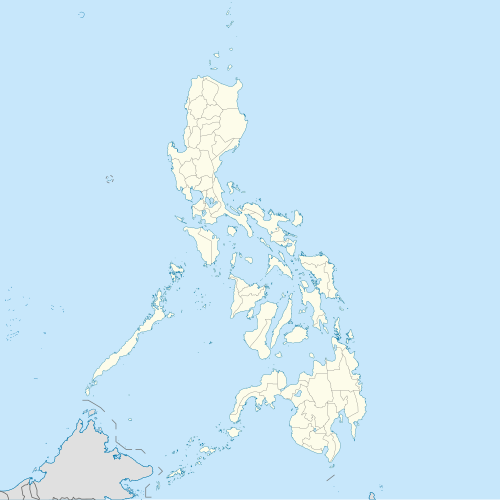| Part of a series on the |
| Pre-colonial history of the Philippines |
|---|
 |
Social classes
|
Political entities
|
Key figures
|
| Primary sources and artifacts |
| By topic |
| See also: History of the Philippines |

Pulilu was a prehispanic barangay centered at present-day Polillo, Quezon and was mentioned in the Chinese Gazeteer Zhu Fan Zhi 諸蕃志 (1225). It is described as politically connected to the polity of Sandao "三嶋" in the Calamianes which itself was of lesser rank to the larger country of Ma-i "麻逸" centered in Mindoro. Its people were recorded to be warlike, and prone to pillaging and conflict. In this area, the sea is full of coral reefs, which have wavy surfaces that resemble decaying tree trunks or razor blades. Ships going by the reefs must be ready to make sharp maneuvers to avoid them because they are sharper than swords and halberds. Red coral and blue langgan coral are also produced here, however they are quite difficult to find. It is also similar to Sandao in local customs and trade products. The chief export of this small polity are rare corals.
References
- Mulder, "The Philippine Islands in the Chinese World Map of 1674," page 222.
- ^ A Chinese Gazetteer of Foreign Lands A new translation of Part 1 of the Zhufan zhi 諸蕃志 (1225) By Shao-yun Yang (Department of History, Denison University) October 2, 2022
This Philippine history-related article is a stub. You can help Misplaced Pages by expanding it. |